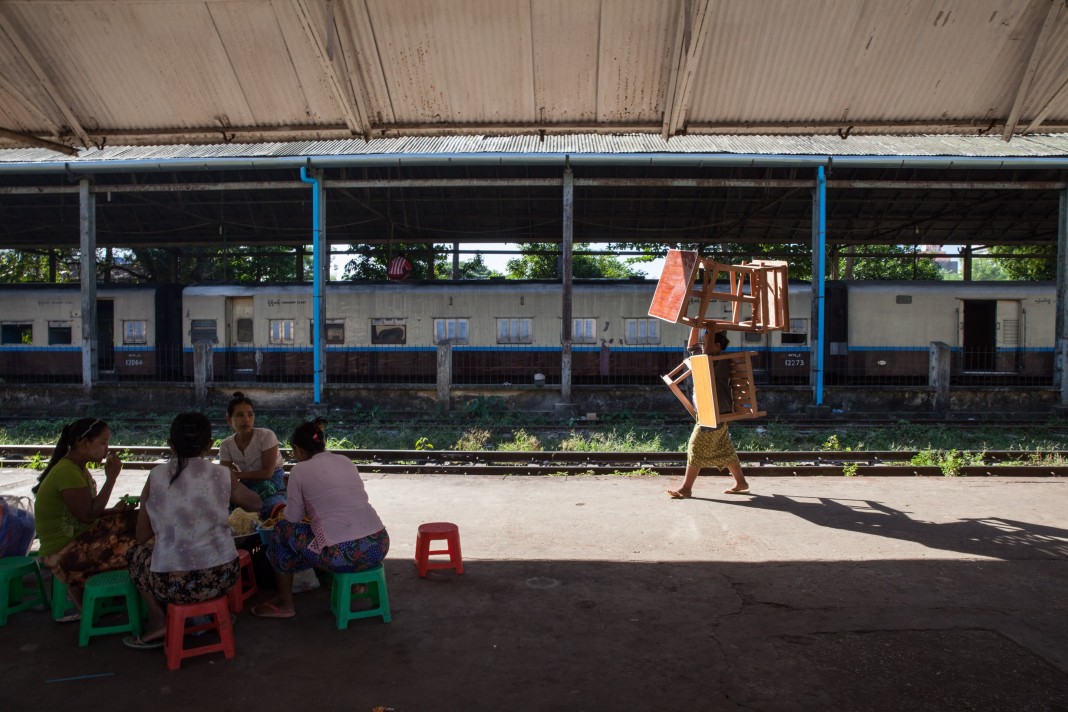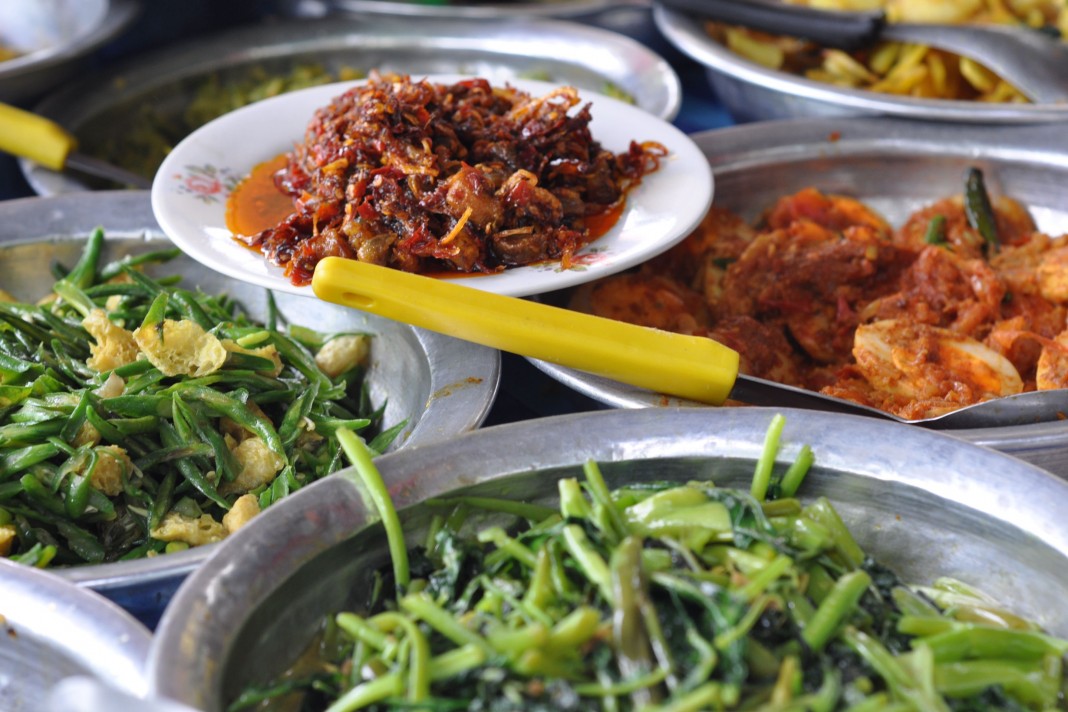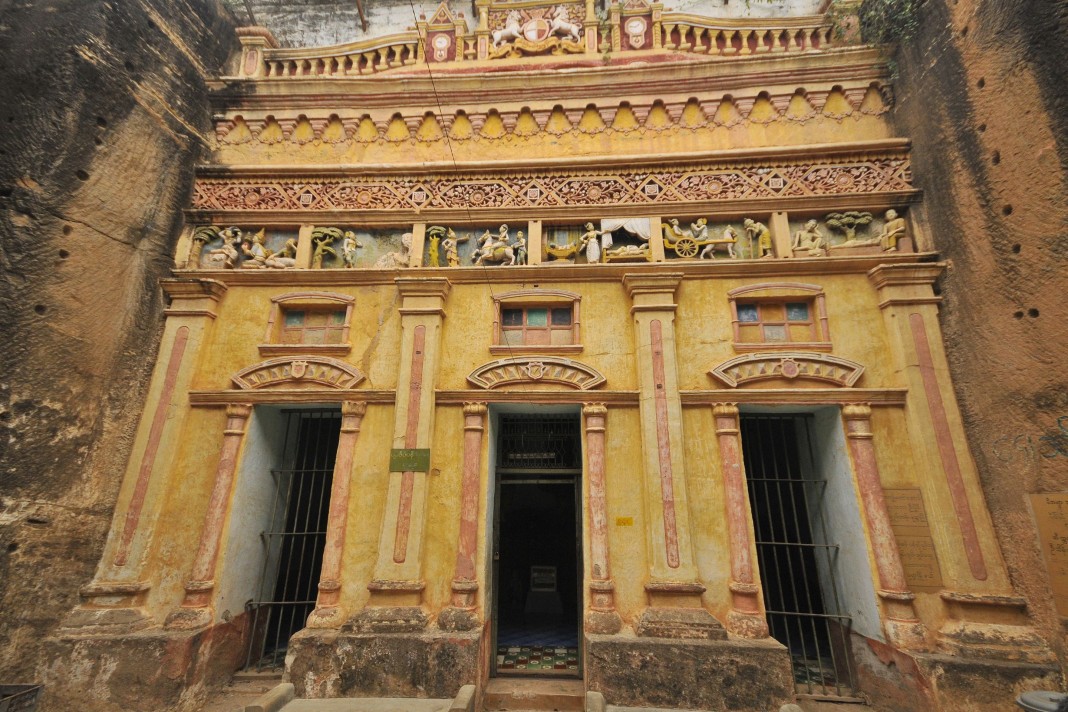

Burma (Myanmar) is still very much a work in progress as far as tourism goes. Considerable swathes of the country remain off-limits to casual travellers for security reasons or simply very hard to access due to bad transport and road infrastructure. When it's "finished", it's going to be quite a destination—and there's already plenty enough to keep you busy.
The largest country in mainland Southeast Asia, Burma stretches more than 2,100 kilometres from the far north of the country—a sharp point thrusting into the foothills of the Himalayas between Yunnan and Assam—to the extreme south, where the thin coastal strip along the Malay Peninsula finally runs out amid a confusion of tropical islands.
Our Burma travel guide is here to help you get the most out of each and every one of your trips to Burma, beginning with the guidelines below aimed at first-time travellers to the country.
If you're just interested in seeing what are widely considered to be the absolute highlights of Burma, it lends itself to a short trip, with the four main centres easy to cover in as little as two weeks. There is of course though, far more to see and do, especially in the beautiful and little-developed southern region.

Bagan: The brick-red, gold and white spires and stupas of Bagan rising out of a sun-baked, ochre landscape during dry season, or sea of green vegetation during monsoon, is not only one of Burma’s, but one of Southeast Asia’s, most evocative and memorable sights.
Inle Lake: Serene and scenic Inle Lake lies nestled among the rugged mountains of southwestern Shan State and is dotted with picturesque stilt villages and floating gardens.
Yangon: The commercial capital of Burma, Yangon is a compelling mix of golden pagodas, colonial architecture, hastily-erected scaffolding and history-stained streets. As the country shifts towards a democracy, with the military government softening the controls they brutally exercised over the last half-century, massive change is underway.
Mandalay: The evocative name of Burma’s present-day northern capital rolls satisfyingly off the tongue. Made famous in a host of films, popular songs and books by Rudyard Kipling, George Orwell, Frank Sinatra and more recently even Robbie Williams, Mandalay has become a household name, even if most people don’t actually know where it is.
Mawlamyine: "By the old Moulmein pagoda lookin' lazy at the sea…," wrote Rudyard Kipling on his 1889 visit and we reckon probably not a lot has changed in sleepy, charming Mawlamyine since.
Kalaw: Sitting atop the misty blue mountains of Burma's Shan State, Kalaw was once a favourite among British colonialists, as seen by its crumbling period architecture. It also serves as an excellent starting point for a trek through what could easily be considered Burma's most picturesque region.

Hsipaw: As with Kalaw further south on the Shan Plateau, Hsipaw is a developing trekking centre, with travellers coming to do treks into the surrounds. Some minor points of interest include temples and stupas to the south of town and the Shan Palace, the one must-see in downtown Hsipaw.
Kentung: The largest town in eastern Shan State, Kengtung is a former British administrative outpost and was once known as the capital of the Golden Triangle. Today it is one of the more remote parts of Burma that tourists are permitted to visit.
Kawthaung: As an introduction to Burma, the little town of Kawthaung is delightful, with rambling narrow streets lined with old houses trickling down steep hillsides to the lively market and waterfront. Today it displays an eclectic mix of crumbling old wood and brick houses plus some old and new concrete ones. Little rises more than four or five storeys.
Hpa-an: What passes for downtown Hpa-an still displays far more wood and corrugated iron than concrete, but the narrow, winding and cluttered lanes do give it charm in spades.
Monywa: For a middle-of-nowhere kind of place, Monywa has some quite astonishing attractions: the world’s second tallest Buddha, a monastery housing more than half a million Buddha images and some of the most unusual temples we’ve seen in Burma.

Mawleik: Set on the west bank of the Chindwin River, roughly midway between Monywa and Homalin, Mawleik is an enthralling little village that, while decidedly out of the way, offers simple and affordable accommodation, a decent choice of places to eat and a selection of low-key but interesting attractions.
Loikaw: The capital of Kayah State, Loikaw is one of the least visited but more picturesque places we’ve found in Burma. The state is home to mountaintop pagodas, volcanic lakes, mysterious caves and a vast array of ethnic groups.
Dawei: With a magnificent, largely untouched coastline, jungle interior and a sprinkling of islands, Burma’s Dawei region more than anywhere else along this coastline has enormous potential for tourism.
Ye: If anywhere fits the travel writing cliche ‘hidden’, then it’s probably Ye. The coast is on one side and hills on the other, with just a tiny trickle of adventurous tourists coming through. It has good accommodation, great restaurants and even some nightlife—what are you waiting for?
The Kalaw to Inle Lake trek: You may well swear now and then, stub a toe, catch a cobweb and perhaps slip in the mud, but the rewards, be it the scenery or simple village life, more than compensate.

Explore the Mergui Archipelago: This spectacular part of the Andaman Sea, comprised of some 800 islands, holds without doubt Southeast Asia’s largest untapped potential for beach and island exploration, though for now exploring by boat from Myeik is limited.
Po Win Taung Cave Temples and Shwe Ba Taung: The vast cave temple complex at Po Win Daung and the stunning Shwe Ba Taung, which some have taken to calling Burma's Petra, are two of Burma's most underrated sites.
Bilu Island: If you’re “Lookin’ lazy at the sea” from Mawlamyine, then you’re looking at the point where the mighty Than Lwin merges into the island-studded Gulf of Martaban. The large, relatively flat island you see directly opposite and west of town is picturesque and fascinating Bilu Island.
Mingun: The fourth of Mandalay’s surrounding ancient capitals, Mingun offers some great temples, plus a delightful Ayeyarwaddy boat trip to reach them.
When Burma experienced its democratic gains five years ago there was considerable optimism about where the country would head, but those hopes were buried in the ashes of the genocide in the west of the country. In late 2018, we suspended our research to the country, as we felt that the popular support in much of the country for what was happening in Rakhine made travel there, for us, unconscionable. That the government then elected to imprison those responsible for raising international awareness of what was actually happening has sadly only reinforced our belief that our decision was the best approach.
While we have suspended our research to the country, we won’t be removing our Burma coverage. We recognise that decisions like this are a personal one. While the information will age with time, we still believe it will be useful for general trip planning. Should the situation change in Burma, we will look to update it again.
In the meantime, we donate 100% of the revenue we make from any hotel bookings in Burma to organisations and people in-country who we believe are working for positive change in Burma.
You mean aside from eating non-stop right? What follows are just a few of the most popular options.
Yangon Cirle Train: What’s the best and cheapest way to see the city of Yangon (Rangoon)? Trishaw? Nope! Take the local Yangon circle train for a half-day, up close and local experience.

Visit the floating gardens and fishing villages of Inle Lake: Any Inle Lake visit will include stops at some of the numerous and still largely traditional lakeside villages and their special floating gardens.
Sunrise and sunset at Bagan: The most stunning features of Bagan are the overall views rather than any specific temples. These are obviously at their best at dawn and dusk, and usually from a vantage point on an upper level of a pagoda.
U Bein Bridge: Traditional style, teak U Bein Bridge, stretching over scenic Taungthaman Lake, is one of Burma's most iconic sights. Mandalay and its surrounding ancient cities have an abundance of attractions and sunset views, but if you only have time for one in Mandalay, it would have to be this.
Burma has a very hot hot season and a very wet wet season. For the first-time visitor to Southeast Asia, both of these periods are best avoided.

The sweet spot to visit is after the rains, which generally are at their heaviest from June to October, and before the mercury goes through the roof in April and May. Unfortunately this period, roughly November to March, is also Burma's busiest and hotel rates in particular can jump up a notch or three.
Want to dodge the crowds? We'd suggest wet season before hot season as the latter can be blistering. Please check our weather section for more localised advice.
How long have you got?! For a first-time visitor looking to see just the absolute highlights, with judicious use of domestic flights you can cover a lot of ground in as little as a week to 10 days, though to see all four primary centres (Yangon, Bagan, Mandalay and Inle Lake) 10 days to two weeks is a more reasonable first go.
If you're not planning on flying domestically, then with anything less than two weeks, we'd suggest restricting yourself to one part of the country (north or south). To see both the north and south in any real depth will require four weeks.
If you are planning a longer stay, it pays to familiarise yourself with Burma’s visa rules. They change often and some rules are sometimes enforced haphazardly, complicating what should be a simple process.
Accommodation in Burma can be a real budget buster, with even cheap digs often costing two to three times what you would pay for similar accommodation in Thailand—with standards unfortunately at about half what you would expect. Anything under US$20 a night is very budget as far as Burma is concerned and flashpackers can bank on easily spending $40 a night. Burma has no shortage of expensive hotels, but they're often of debatable value, with Bagan leading the pack in mediocre expensive hotels.

Accommodation aside, your budget will depend very much on your style of travelling. If you’re comfortable eating street food, not drinking too much alcohol, travelling using cheap transport and steering clear of heavily touristed (and so more expensive) destinations, you can still survive on around US$10 to $15 per day —after accommodation.
For the average traveller, Burma is quite a safe country. Petty theft may occur but violent crimes against foreigners are practically unheard of. Most confrontations come from a lack of respect for cultural norms, such as wearing footwear and non-conservative clothing at religious sites.
TourismTransparency.org has put together a great book of cultural do's and don'ts that everyone should read.
In some parts of the country, armed conflict between the central government and ethnic groups persists; these areas either require special permits to visit or are completely off limits, making it nearly impossible to accidentally find yourself there. Foreigners at no stage have been targeted, but do keep to the main lines of transport around the far north, both in Shan and Kachin States. Keep abreast of the news.
Having adequate travel insurance cover is essential.
Always, always, always wear a motorcycle helmet when on two wheels. Don’t ride (or drive) stoned or drunk.
Basically if you wouldn’t do it in your home country because it is stupid, why do it in Burma?